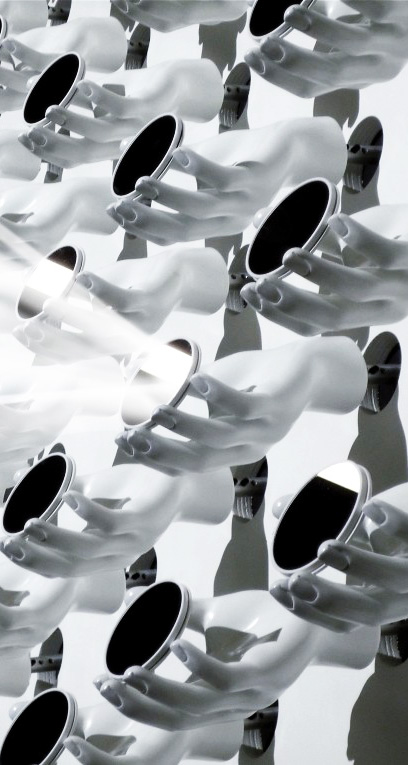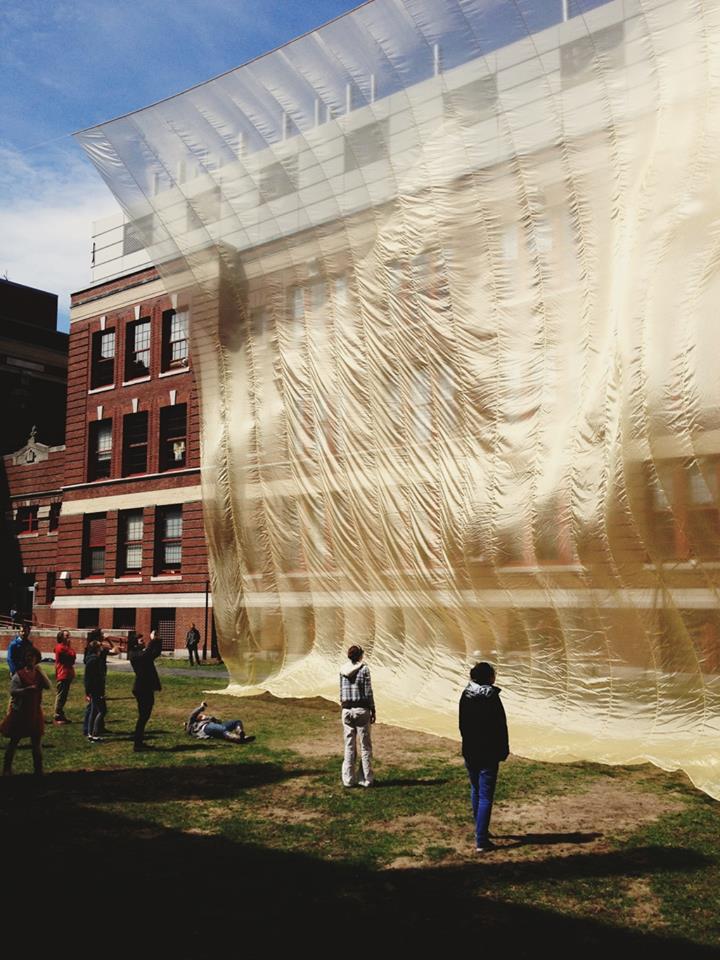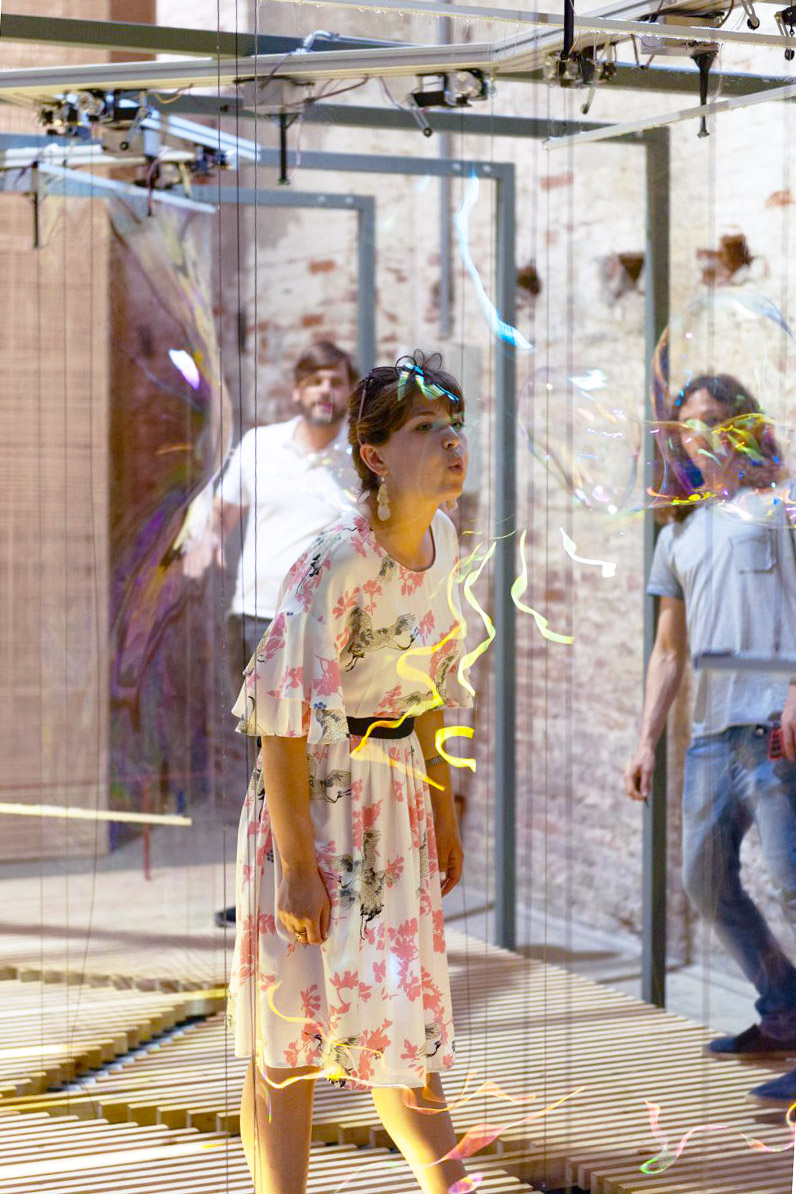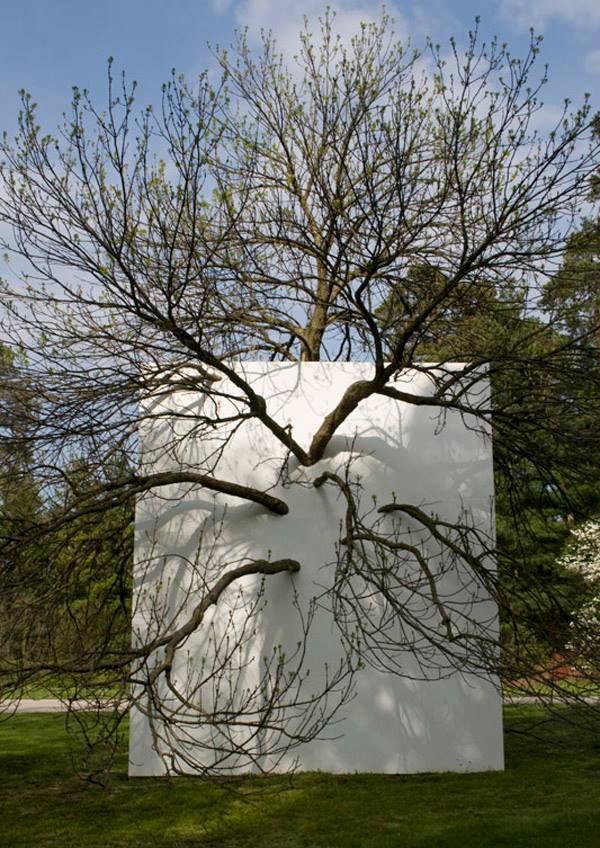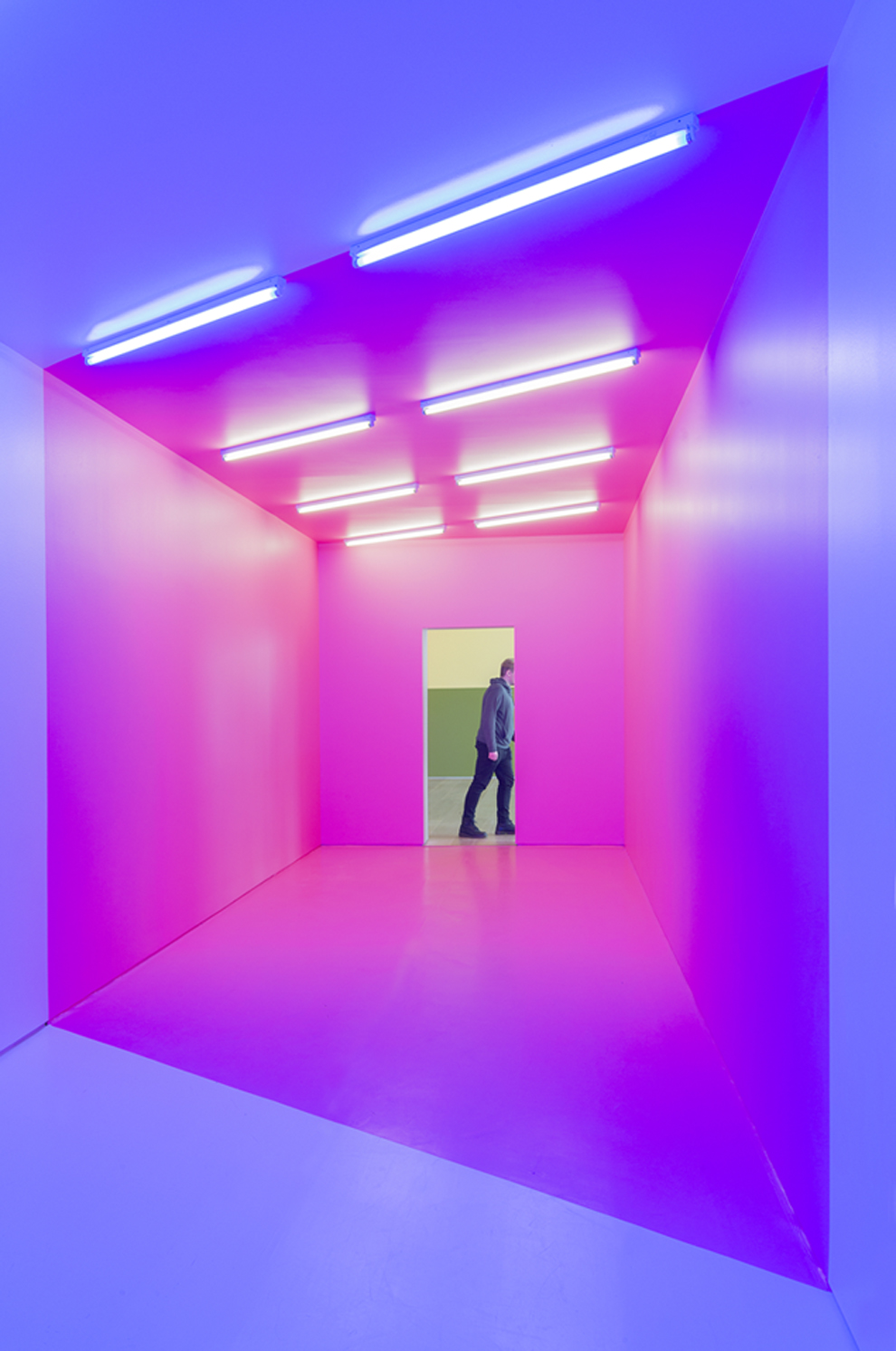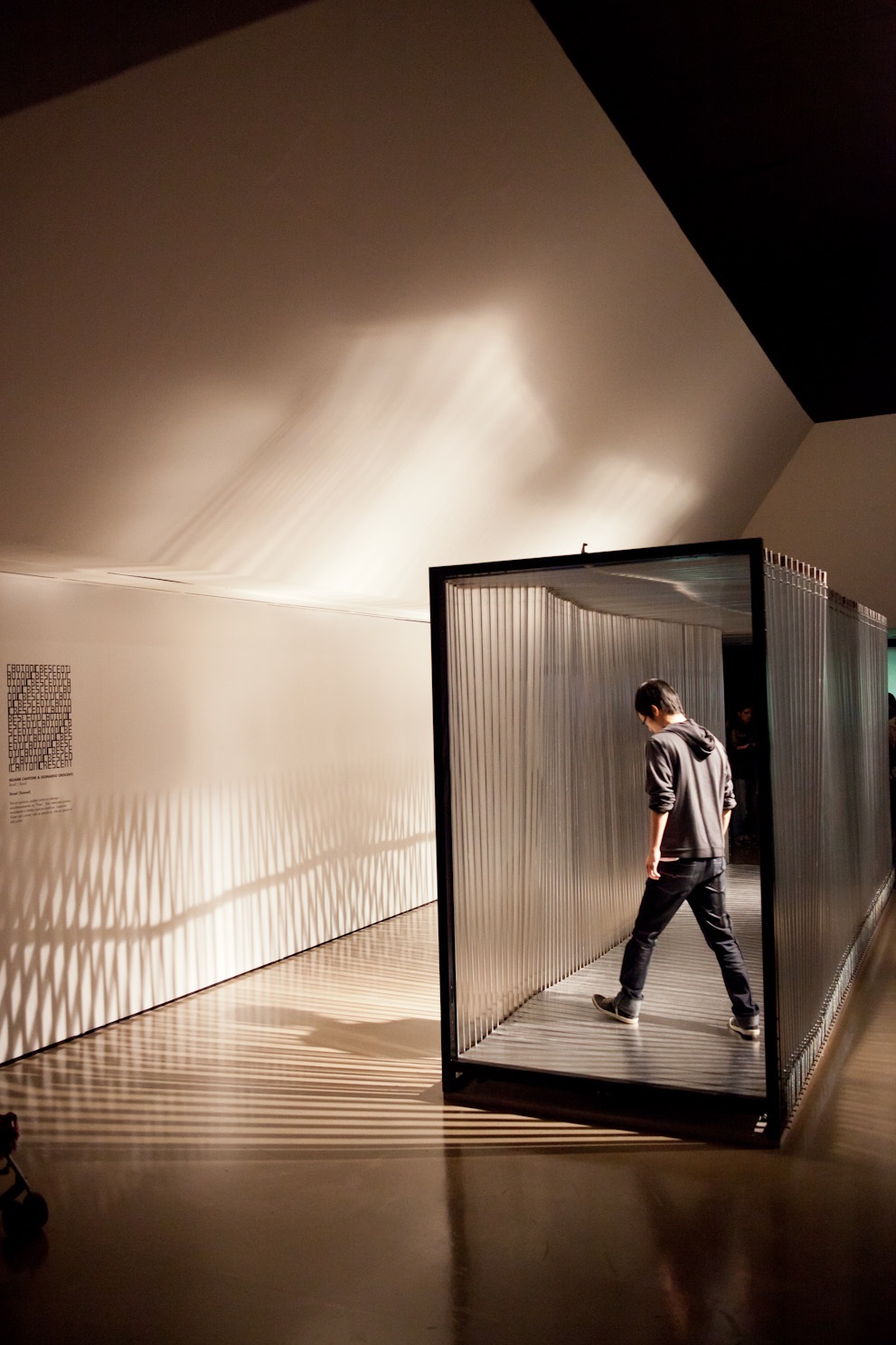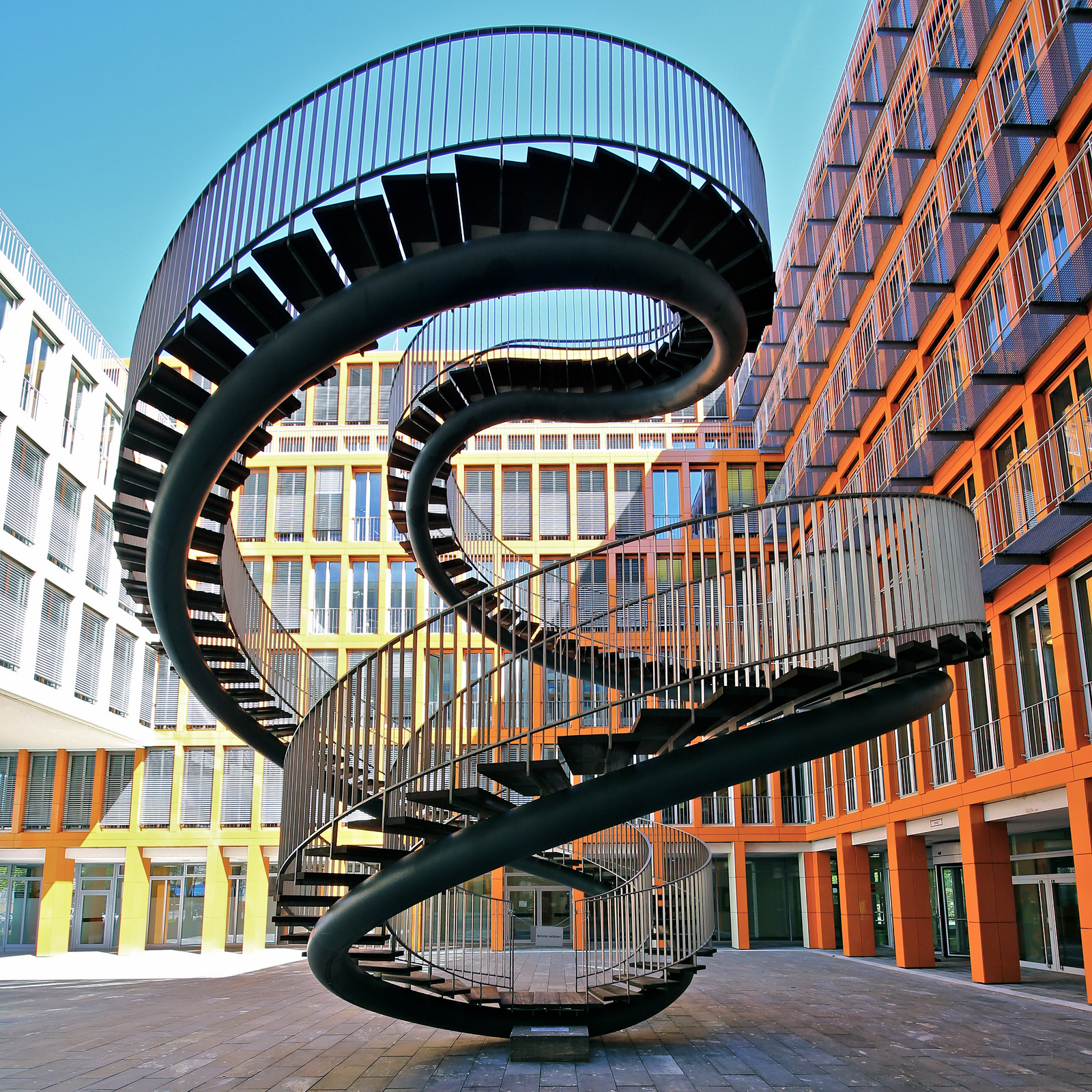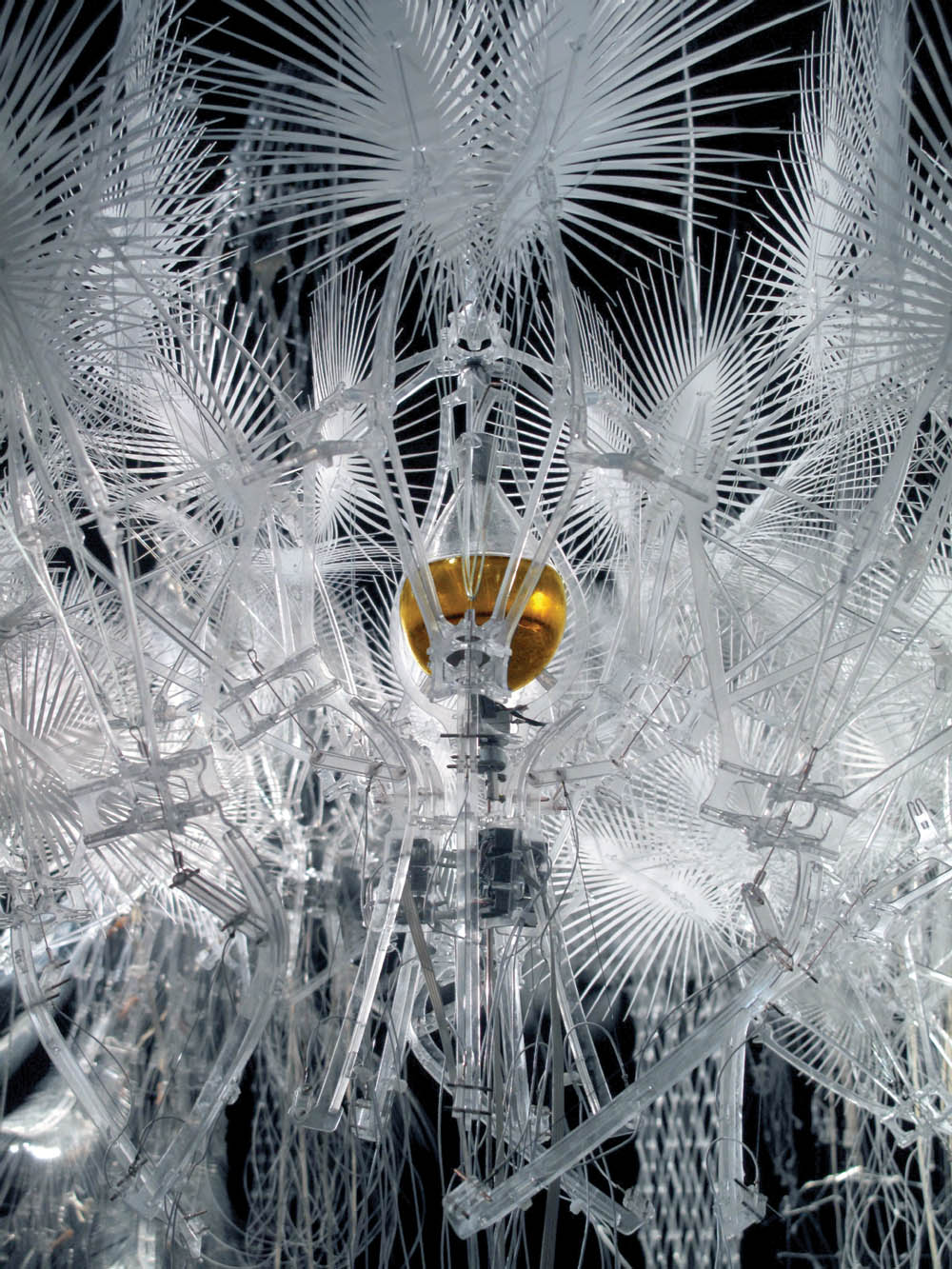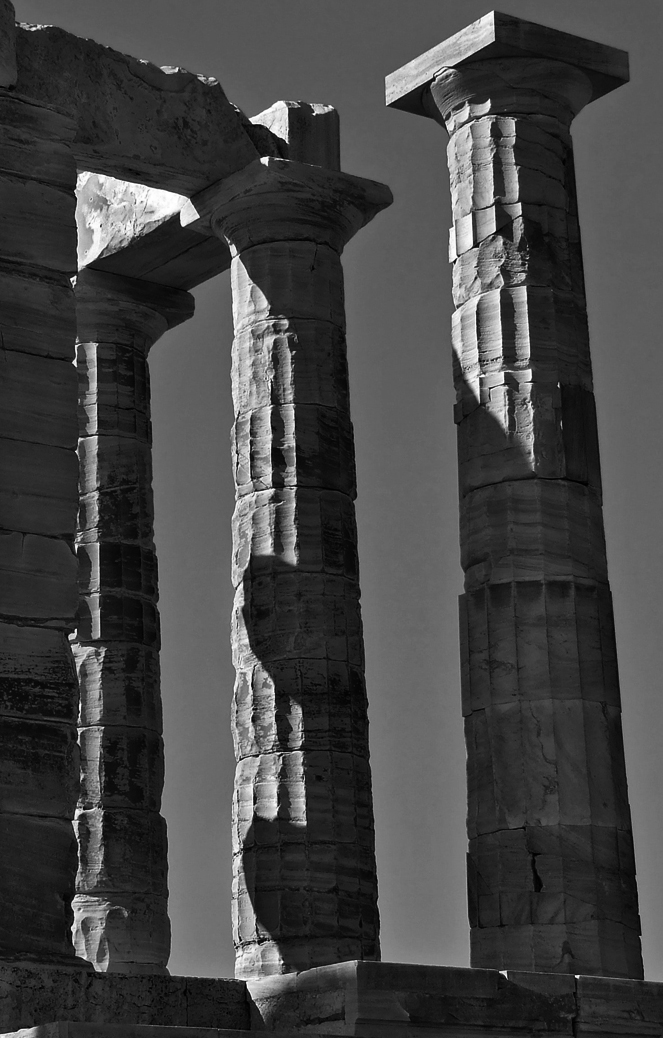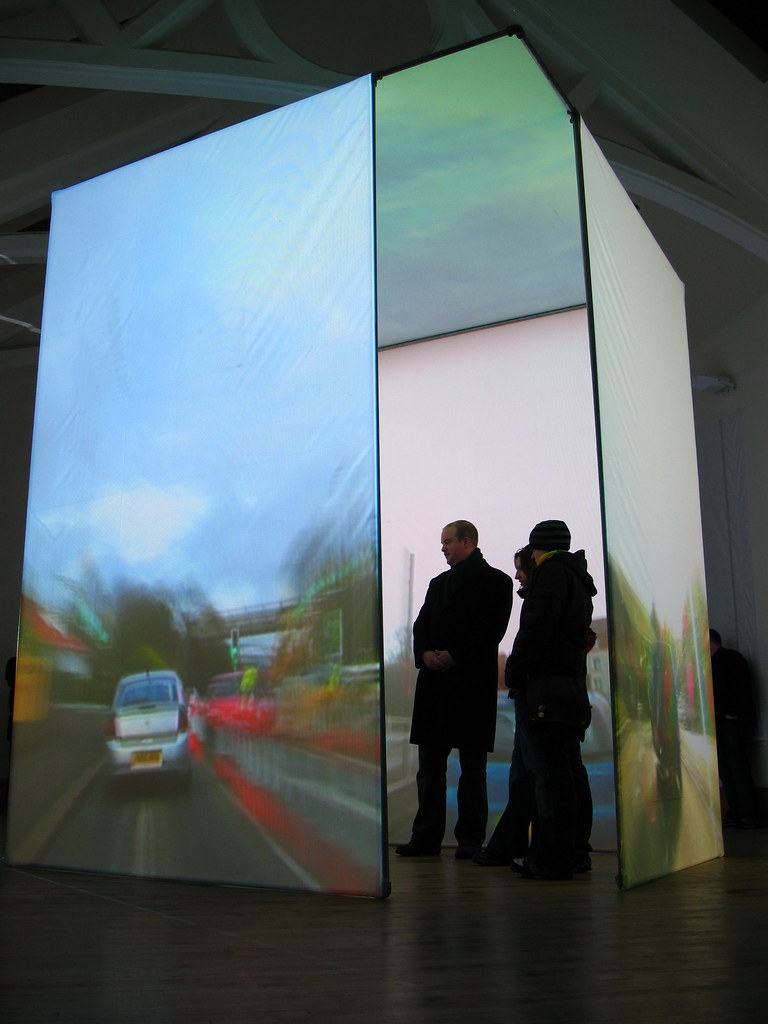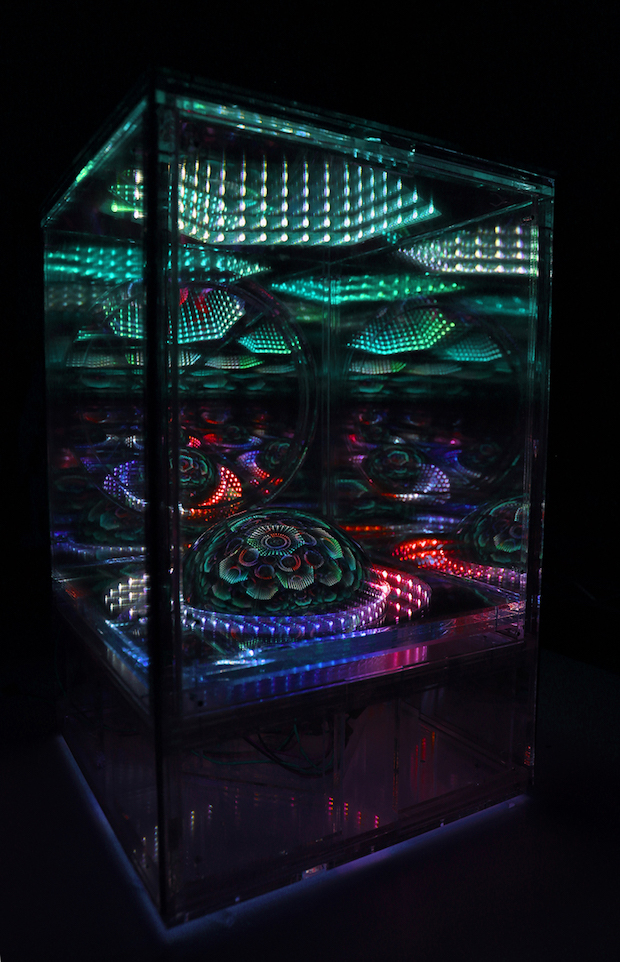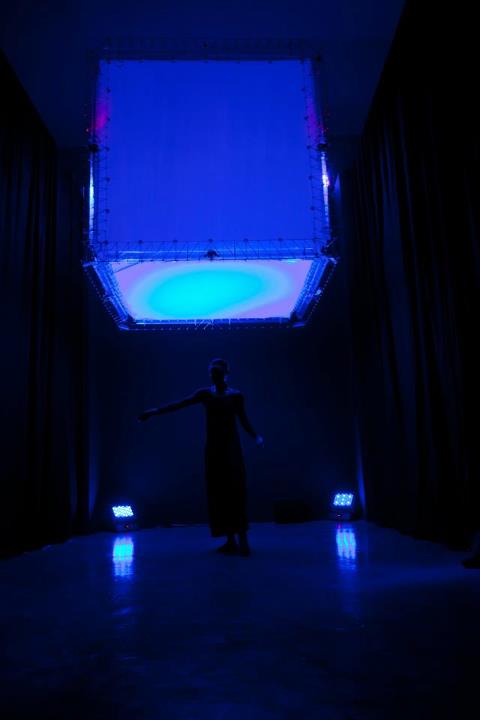
NXI GESTATIO: NICOLAS REEVES, DAVID ST-ONGE & GHISLAINE DOTÉ
Paradoxal Sleep
File Festival
O projeto “Paradoxal Sleep” integra uma série de obras na qual grandes cubos robotizados, medindo 2,25 m3, funcionam como estruturas flutuantes usadas como plataformas para vários projetos multimídia e performances. No FILE 2012, a equipe da NXI GESTATIO apresentará um único cubo que irá se mover nos espaços expositivos. O cubo reajustará constantemente sua posição medindo a distância entre as paredes ao redor.
.
The “Paradoxal Sleep” project integrates a series of works in which large robotic cubes, measuring 2.25 m3, function as floating structures used as platforms for various multimedia projects and performances. At FILE 2012, the NXI GESTATIO team will present a single cube that will move in the exhibition spaces. The cube will constantly readjust its position by measuring the distance between the surrounding walls.

